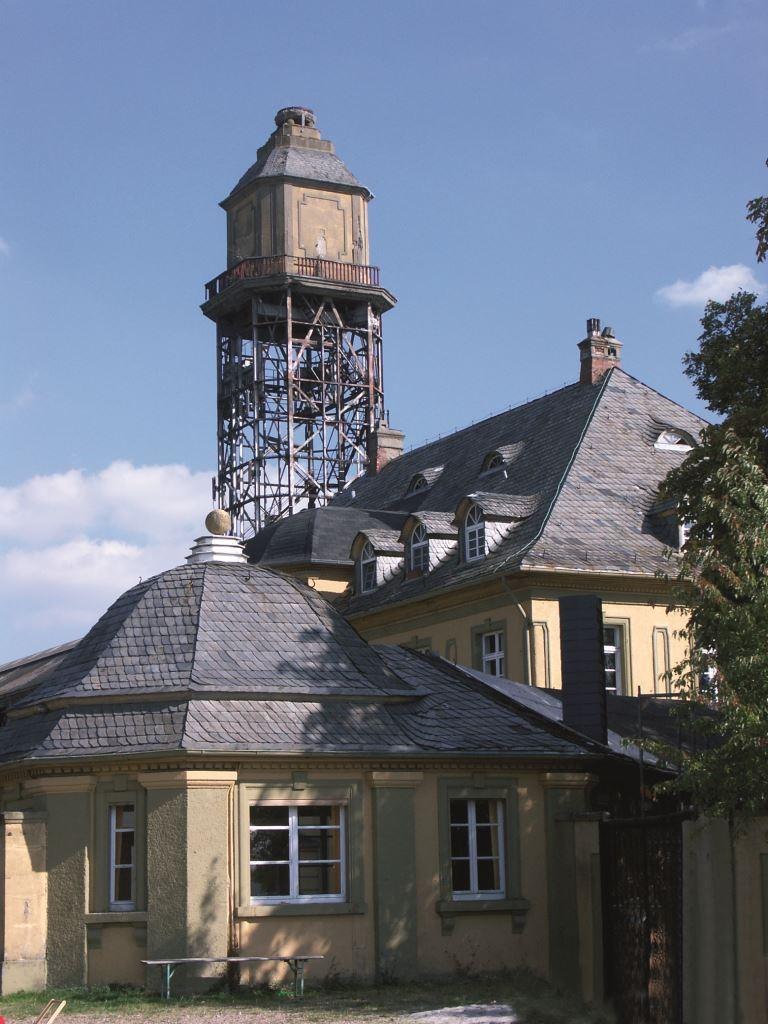Amalienhöhe
55425 Waldalgesheim
Amalienhöhe (formerly Dr. Geier’s manganese ore mine)
The old mine of the Amalienhöhe pit, the former Dr. Geier manganese ore mine, impresses with its preserved surface installations. The above-ground group of buildings, oriented on Baroque models, was erected on the Stöckert hill northeast of Waldalgesheim starting in 1916. Its architecturally austere form of a kind of Baroque courtyard of honor is unique in mining architecture in the German-speaking world. The representative group of buildings includes the former colliery house, the officials' casino, the wage hall with wash chews, the mine surveyor's office, the Barbara Hall, the Machinenhaus, the silo building with Förer tower and tank, and villa-like individual buildings. In the colliery courtyard, the remains of a basin can be seen, which once decorated the courtyard with water fountains and took over the function of a cooling pond. The neo-baroque group of buildings is now used for residential purposes. Still impressive and at the same time a popular photo motif are the ruins of the large mine buildings. Access to this part of the mine site with its decaying buildings is not possible, but it can be partially seen from the courtyard of honor. Mining of manganese ore started in 1887 and later dolomite was mined. Manganese ore was used as an aggregate in steel refining in the iron and steel industry. The mine was named after its first owner, Dr. Heinrich Claudius Geier. The mine was closed in 1971 and operated as an exhibition mine for some time at the end of the 1970s.

